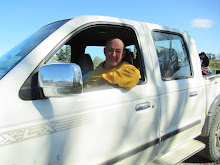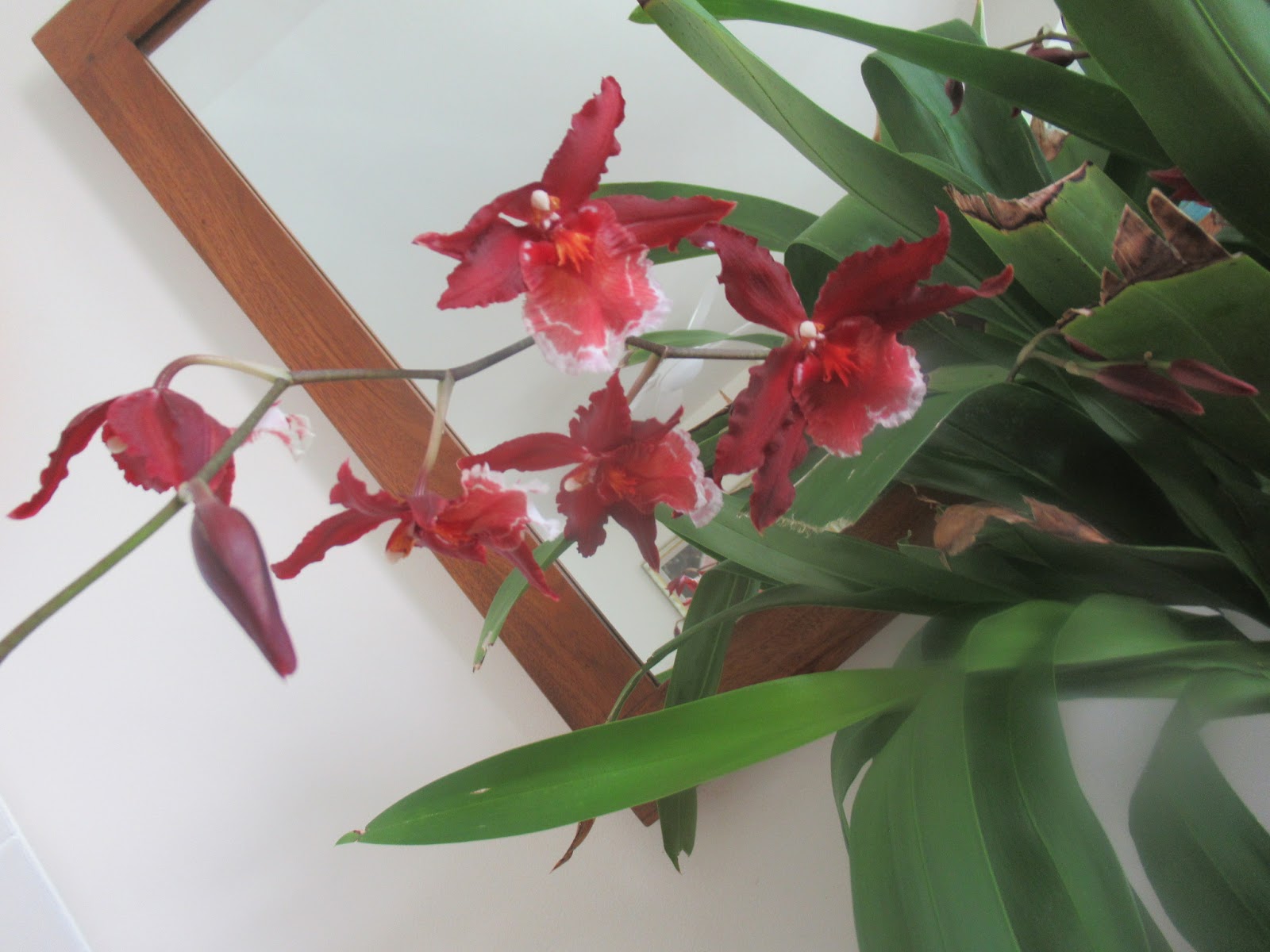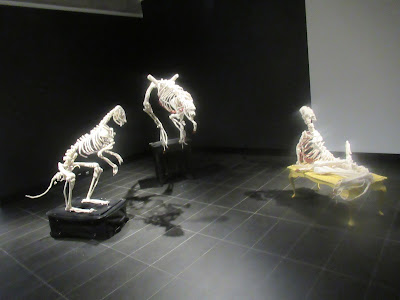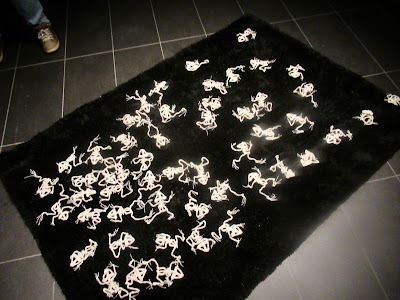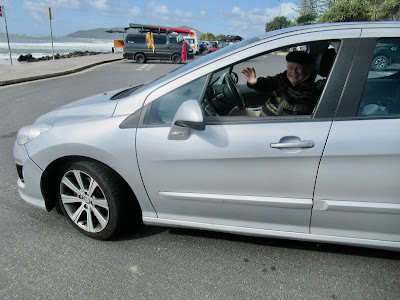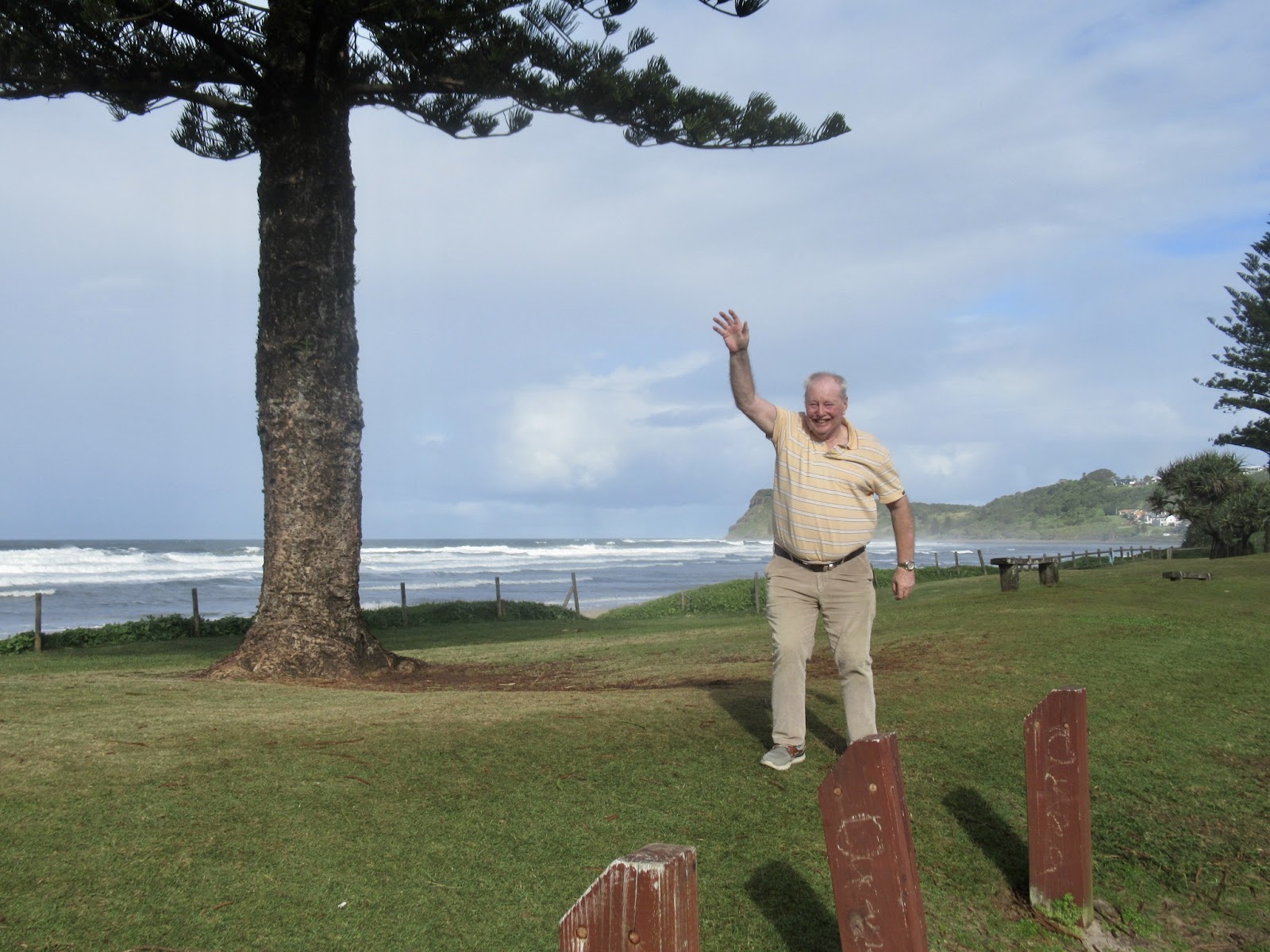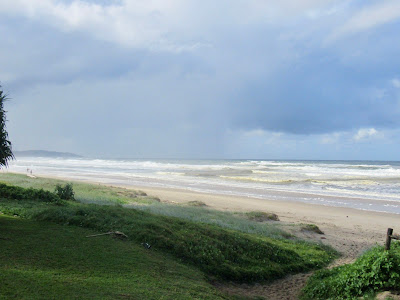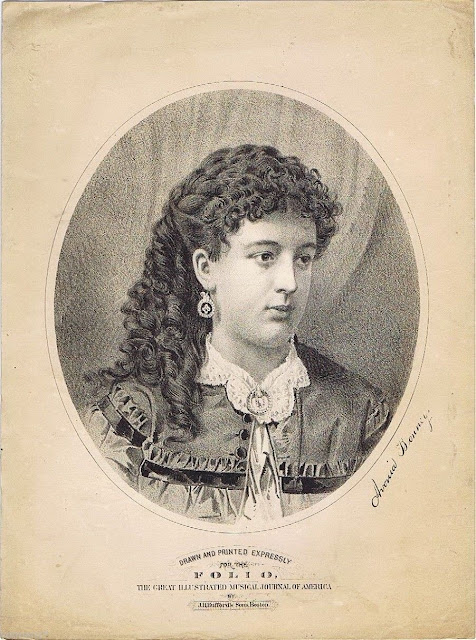Wednesday. Market day. And Robert and Louis are off on a jaunt to the Blue Mountains. Which means it shanks's pony for me ... but today was my lucky day :-).
As I set out on my dawntime plod, a car stopped and a glamorous young lady, who was heading the same way, said 'hop in'! I didn't need asking twice! Because I knew what awaited me at the market: $144-worth of glorious Dorper Lamb fillets, ordered from WarrenWiggins at the Boorabee Dorper Sheep Stud. Lamb mightn't weigh quite as much an bananas, but I wasn't looking forward to trudging that parcel up the hill!
So I had two hours in which to do the day's paperwork, before ... yes, the next part of the day's adventure. Dear friend James was taking me to Ulmarra for a snack. Now, Ulmarra is my favourite village hereabouts. Especially because it has a big second-hand bookshop ... and nice riverside pub ...
https://kurtofgerolstein.blogspot.com/2024/08/out-and-about-in-new-south-wales-or.html
but now it also has a café which I was to 'discover'!
But first, we had culture. James is VP of the Friends of the Grafton Regional Art Gallery. I had never visited. Alas, these days I cannot walk around a big art gallery. Nor stand, looking ... But this Gallery is of a sensible size, beautifully laid-out, and housing, at the moment, two delightful exhibitions of which Maggie McDade, head honcho, gave us a tour.
The first was a collection of works by the senior art pupils of the area. Amazing work. Sure, some of the paintings showed the 'influence' of childish trends, but some ...!
I had no difficulty in sorting out my gold and silver-medallists. GOLD for Miss Olivia MacDonald with her wonderful rural pictures
These were the first items I saw, when I walked in, and my immediate reaction was, 'are these for sale?' Of course, they ar'n't. Not yet, anyway. I predict Miss MacDonald will make a career.
The other exhibit which grabbed me was a group of exquisitely imaginative small pieces by Thomas (dammir, I've forgotten!)
When I bought my apartments, here, there was a piscatorial print on the wall. Not one-tenth as good as these!
I had to sit down, so I went and sat with the cows, till Maggie was ready to take us to the second exhibition. No amateurs here. Michele Beevors is an artist whose 'sculptures' are widely known. Models of animal skeletons, the bones covered in knitted-wool. You can read all about her and them on the www. Remarkable stuff!
From tiny frogs to a life-sized giraffe, a horse ..
I also forgot it was raining outside! But we bundled into James's car, and headed for Ulmarra.
A small disappoinment. The bonzer bookshop is still there. More bonzer than ever. But I and my walking-stick cannot, any longer, manage the narrow aisles, not having to bend down to boxes on the floor. I investigated a box of tattered sheet-music -- some sweet if well-loved items from my period -- but I couldn't make it to the bottom. I had to give up.
Out into the rain. Now, for the café. The Ulmarra Food Co. Seen its ads on face-book. Goodness, what an array of home-made pies. Big and bulgy ... every combination of meat and veg you could think of! I, wilfully off-centre, chose 'cheese and cauliflower'.
Well, I am here to tell you that was the best pie I've eaten in memory. Light, bright, tasty ... 10/10 for the pasty, 11/10 for the filling! Before we left, I bought some 'takeaway' frozen pies. I have had my Winter Palace for nine years, and I have never yet used the oven. Here goes ....
Ulmarra, if I can't manage your bookshop any more, I sure as hell can manage your Food Co! And I will! Preferably on a non-rainy day, so I can sit in the pretty courtyard and stuff myself with 'the best pies in Australia'.
But the day wasn't over. When James delivered me back to The Cove, there was the contract for my new book ...
And now it's Thursday. The rain is gone, the sun is out, the refrigerator is full to bursting ... and .. I guess I had better get down to writing that book!
PS. Friday. I have just devoured my take-away Reuben pie. Sen-sa-tion-al!!!!!
